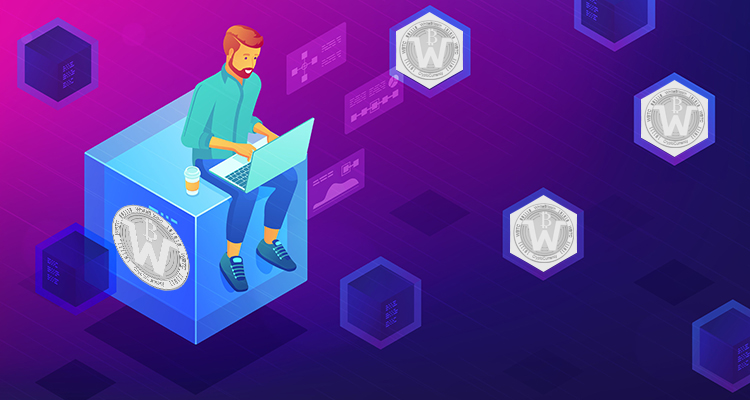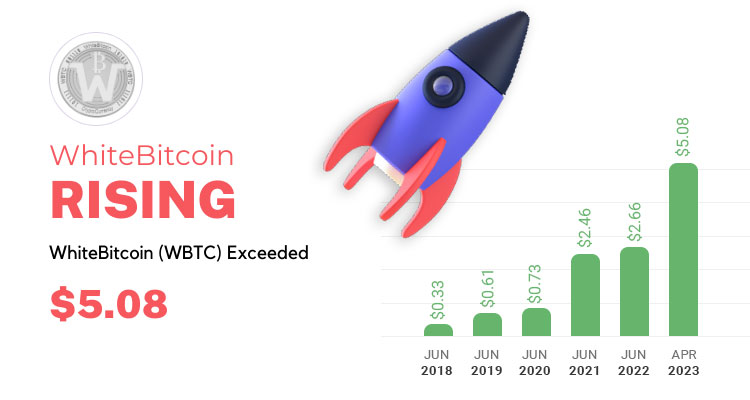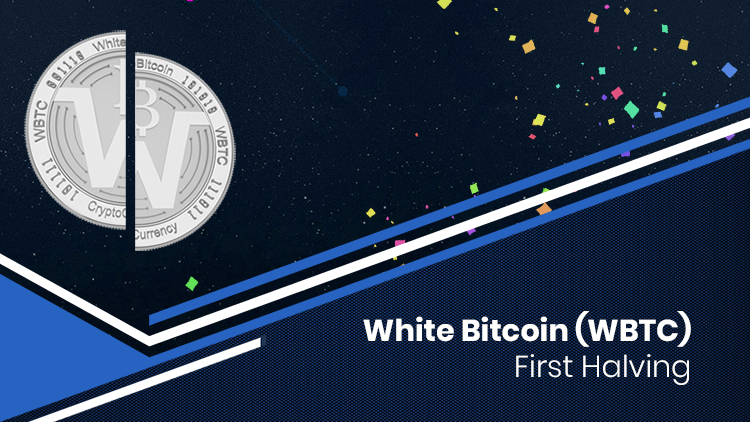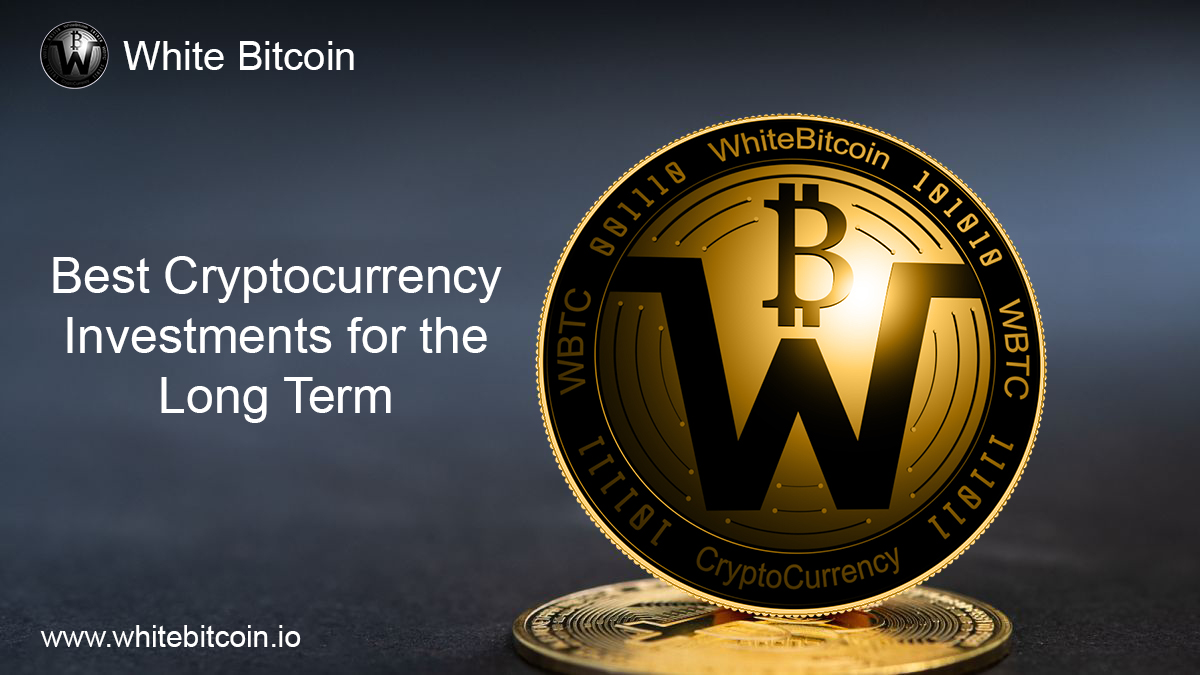
What Is Web3 and Why Does It Matter?
Web3, or Web 3.0, is the next generation of internet services characterized by decentralized protocols, blockchain technologies, and Coin/token-based economies. It aims to create a more open, transparent, and user-centric internet. Here’s a closer look at what Web3 entails and why it matters:
Key Features of Web3
Decentralization
• Blockchain Technology: Web3 uses blockchain to decentralize control, ensuring no single entity owns or controls the network, unlike the centralized platforms dominating Web2.
• Peer-to-Peer Networks: Users interact directly with each other, enhancing privacy and reducing dependency on centralized entities.
Trust and Transparency:
• Smart Contracts: These self-executing contracts have terms directly written into code, automatically enforcing and executing agreements, which reduces the need for intermediaries and enhances trust.
• Immutable Ledgers: Transactions are recorded on the blockchain in an immutable and transparent manner, ensuring data cannot be altered once added.
User Ownership and Control:
• Digital Assets and Coin/Token: Web3 allows the creation and ownership of digital assets and cryptocurrencies, giving users real ownership and control over their digital interactions and transactions.
• Decentralized Identity: Users maintain control over their digital identities, reducing the risks associated with data breaches and identity theft.
Economic Incentives:
• Coin/Token Economies: Cryptocurrencies and tokens incentivize participation and contributions to the ecosystem, rewarding users for their engagement.
• Decentralized Finance (DeFi): Web3 includes a range of decentralized financial services, offering alternatives to traditional financial systems and enabling more inclusive financial access.
Why Web3 Matters
Empowerment and Ownership:
• User-Centric: Web3 shifts power from centralized entities to individuals, giving them more control over their data, digital identities, and assets.
• Monetization: Creators and users can directly monetize their contributions without intermediaries, leading to fairer compensation models.
Innovation and Inclusion:
• New Business Models: Web3 fosters new business models like decentralized autonomous organizations (DAOs) and decentralized applications (dApps) that were not possible under Web2.
• Global Access: By removing barriers associated with centralized control, Web3 provides global access to financial services, information, and digital resources.
Enhanced Security and Privacy:
• Data Ownership: Users maintain ownership of their data, reducing the risk of breaches and misuse by third parties.
• Cryptographic Security: The use of cryptographic techniques enhances security, ensuring secure transactions and interactions.
Reduced Intermediary Costs:
• Efficiency: By eliminating intermediaries, Web3 reduces transaction costs and improves efficiency, making processes quicker and more cost-effective.
• Direct Interactions: Users can engage in direct transactions and interactions, streamlining processes and reducing overhead costs.
Challenges and Considerations
• Scalability: Current blockchain technologies face scalability issues that need addressing to handle large-scale applications and user bases.
• Regulation: The regulatory landscape for cryptocurrencies and blockchain is still evolving, posing potential risks and uncertainties.
• Usability: Web3 applications often have a steep learning curve, requiring further development of user-friendly interfaces for mass adoption.
• Security Risks: While blockchain itself is secure, the surrounding ecosystem (such as smart contracts and dApps) can be vulnerable to exploits and hacks.
Conclusion
Web3 represents a transformative shift in how we interact with the internet, promising greater decentralization, security, and user empowerment. Despite the challenges, the potential benefits of a more open, user-centric, and equitable internet make Web3 a critical development in the digital landscape. As the technology matures, it is likely to have profound implications for various aspects of society, from finance and governance to social interaction and digital content creation




.jpg)


.jpg)
.jpg)




.jpg)
.jpg)

